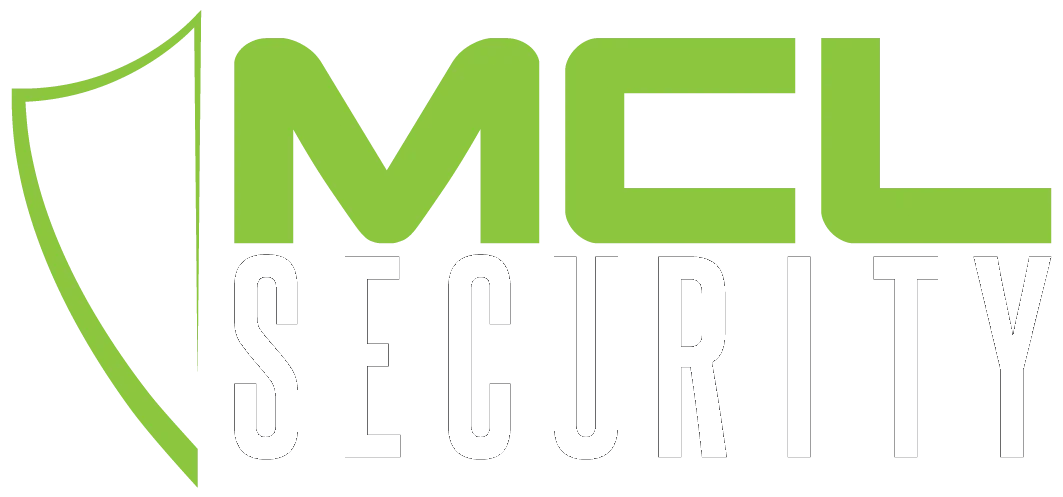Web security is like having a sturdy lock on your front door. It protects your online life from all those unwanted intruders who want to steal your information or cause harm. In a world where everything is connected, being aware of how to keep your data secure is more important than ever. Let’s break down what web security is and how you can stay safe in the digital landscape.
What Is Web Security?
Web security refers to the measures taken to protect websites, online applications, and the data they contain. Just like you wouldn’t leave your house unlocked, you shouldn’t leave your online accounts vulnerable. Hackers and bad actors constantly look for ways to exploit weaknesses. By understanding web security, you arm yourself against potential threats.
The Importance of HTTPS
You’ve probably noticed that some websites begin with “HTTP,” while others start with “HTTPS.” That little “S” stands for secure. Websites that use HTTPS encrypt data sent between your browser and the site. Without this layer of protection, sensitive information like passwords and credit card numbers can be intercepted. Think of it as sending a letter in an envelope instead of a postcard — privacy matters.
Common Types of Web Attacks
- Phishing Attacks: Ever received an email from a bank asking you to verify your account? Those messages often lead to phishing attacks, where scammers try to steal your credentials by tricking you into providing personal information.
- Malware: This malicious software can infect your device, steal information, or even damage your files. It’s like letting a pest into your house; before you know it, it’s causing chaos.
- DDoS Attacks: Imagine a traffic jam caused by too many cars on a road. A Distributed Denial of Service (DDoS) attack overwhelms a site with excessive traffic, making it unavailable to users.
Understanding these threats allows you to take steps to protect yourself, much like learning about common housebreaking methods can help you secure your home better.
Best Practices for Staying Safe Online
- Use Strong Passwords: Think of your password as your digital key. A strong password is complex and hard to guess. Mixing letters, numbers, and symbols creates a password that’s tough to crack.
- Enable Two-Factor Authentication (2FA): This is like having an extra lock on your door. With 2FA, after you enter your password, you’ll also need to provide a second piece of information, like a code sent to your phone.
- Keep Software Updated: Outdated apps and systems can be like leaving a window open at night. Regular updates help patch security holes, keeping your device safe from unwanted access.
- Be Cautious of Public Wi-Fi: Using public Wi-Fi can feel like inviting strangers into your living room. While convenient, it’s not always safe. Avoid accessing sensitive information when using public networks.
Recognizing Fake Websites
Scammers often create fake websites that look real. They might mimic popular brands or services. To avoid falling for these traps, check for misspellings in the URL, look for HTTPS security, and always verify before entering personal information. It’s like checking if the restaurant you want to visit has good reviews before making a reservation.
Conclusion: Build Your Web Security Shield
Just like any valuable possession, your online data deserves protection. Web security may sound complex, but by grasping its basics, you can create a shield against threats. Always stay aware, follow best practices, and keep learning about the evolving landscape of online safety. Your digital world is worth safeguarding, so take the steps necessary to enjoy it securely!


